 A man is caught defrauding Germany’s bottle redemption program, and one California city mulls zoning changes targeting bottle redemption centers.
A man is caught defrauding Germany’s bottle redemption program, and one California city mulls zoning changes targeting bottle redemption centers.

 A man is caught defrauding Germany’s bottle redemption program, and one California city mulls zoning changes targeting bottle redemption centers.
A man is caught defrauding Germany’s bottle redemption program, and one California city mulls zoning changes targeting bottle redemption centers.
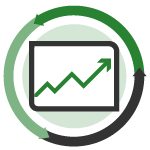 Compared with recent months, December has brought stable prices across the range of curbside recyclables, with OCC down a little bit and PET up slightly.
Compared with recent months, December has brought stable prices across the range of curbside recyclables, with OCC down a little bit and PET up slightly.
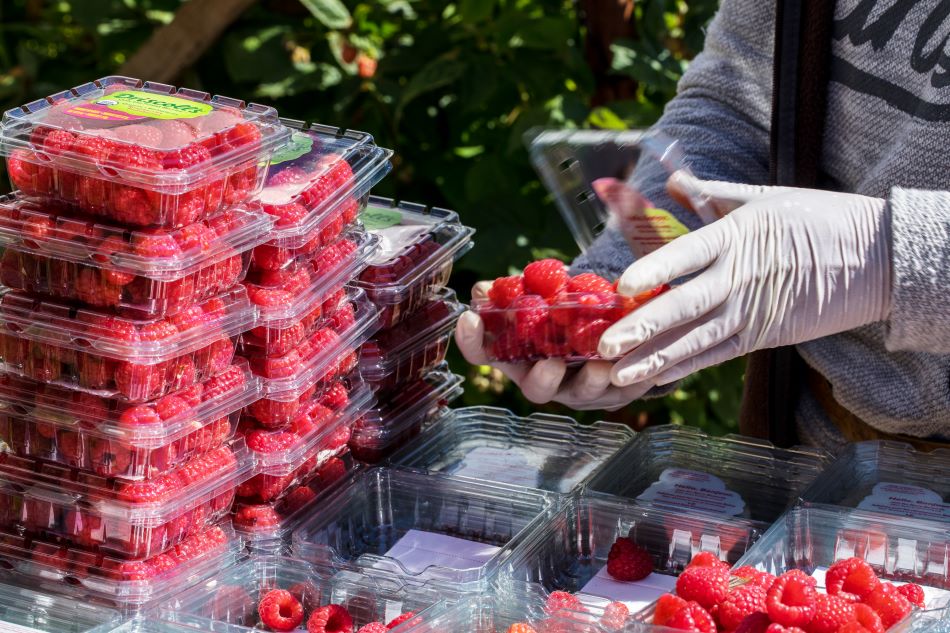
Berry brand owner Driscoll’s has worked with its clamshell suppliers to boost the percentage of recycled PET derived from used thermoforms. | Courtesy of Driscoll’s
Clamshell containers used by berry brand Driscoll’s last year contained an average of 9% recycled PET sourced from used thermoforms. Continue Reading

Even though OCC bales are currently selling for unusually low prices, many producers are seeing their savings offset by increased costs in other areas. | Kenishirotie/Shutterstock
Recycled paper product producers may be enjoying the lower OCC prices as 2022 comes to a close, but those giant manufacturers are still facing higher inflationary pressures in other areas, several executives recently noted.
 Prices for fiber bales are still searching for rock bottom this fall, with OCC down by about 25% over the past month. PET and HDPE bales are showing notable price increases, however. Continue Reading
Prices for fiber bales are still searching for rock bottom this fall, with OCC down by about 25% over the past month. PET and HDPE bales are showing notable price increases, however. Continue Reading
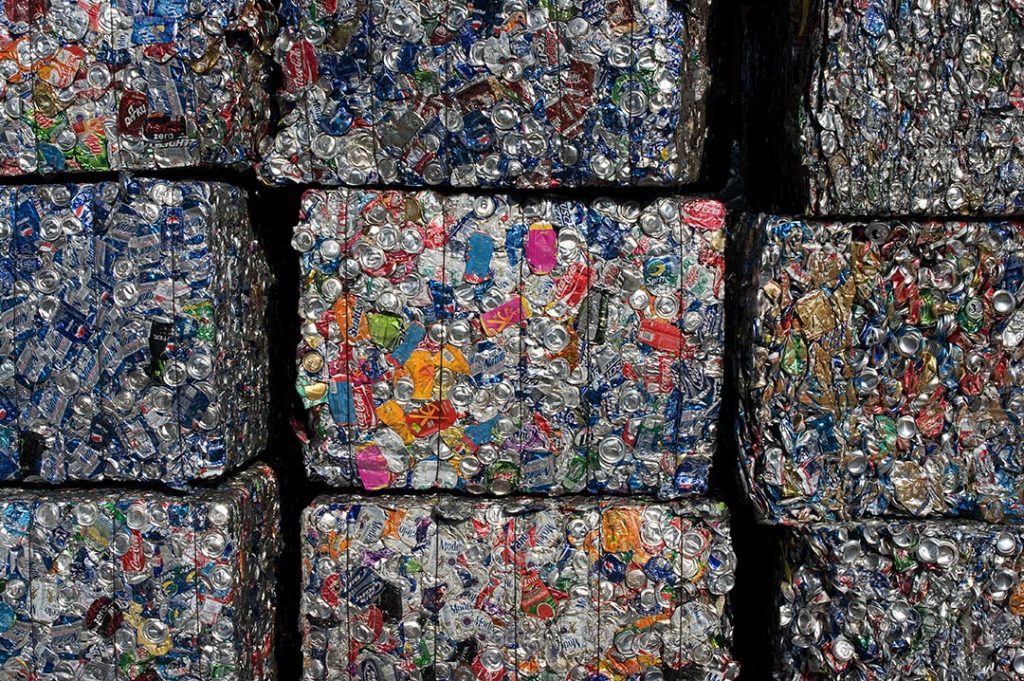
In light of last year’s high, bale prices in recent months look especially bleak. | Huguette Roe/Shutterstock
Northeastern U.S. MRFs reported their recyclables bales fetched an average of $100 per ton during the third quarter, a steep drop from the prior quarter. Continue Reading
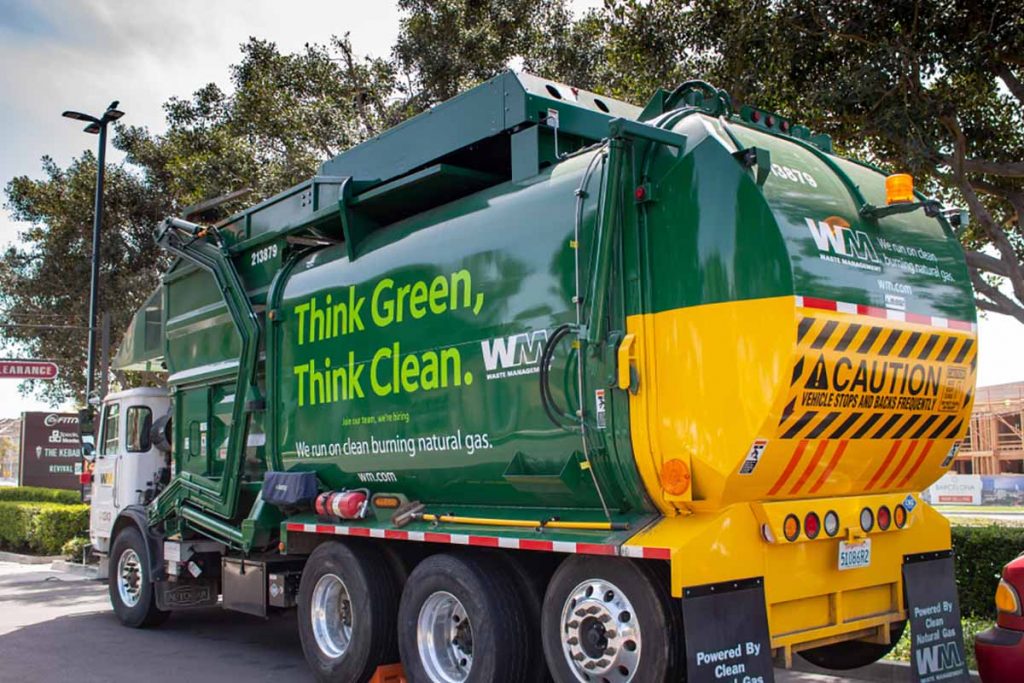
Company leaders said during recent investor calls they expect fourth-quarter 2022 recyclables values to be far below third-quarter figures. | David Tonelson/Shutterstock
Plummeting recyclables prices took a bite out of the largest haulers’ revenues during the third quarter, and executives foresee worse prices to come.
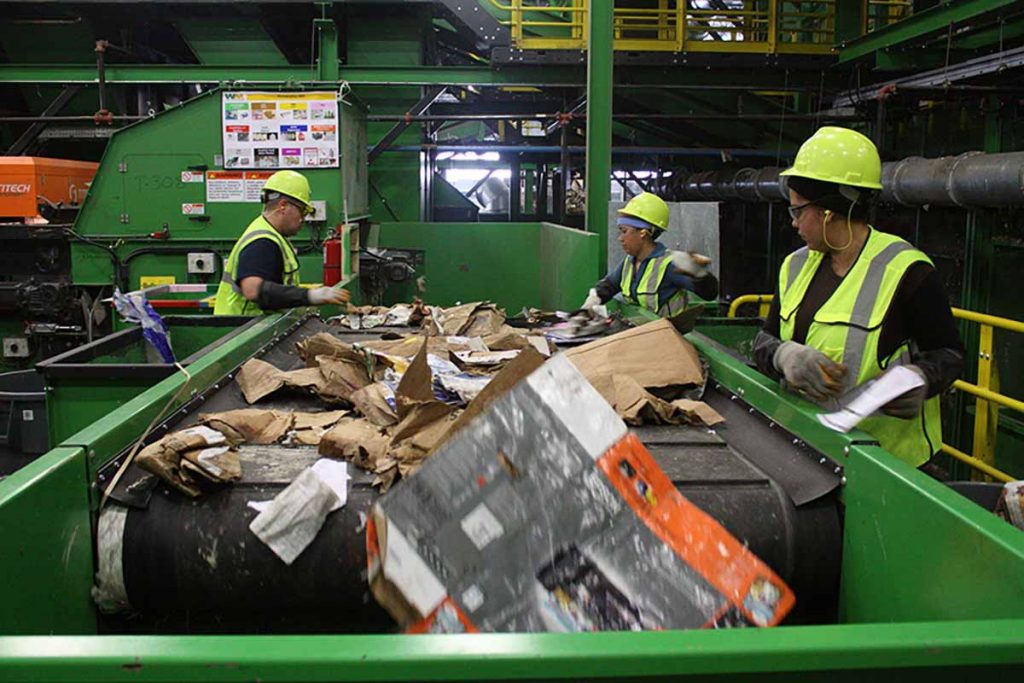
MRFs are using what they see as a more equitable pricing structure with municipal customers. Courtesy of WM.
Commodity prices crashed recently after a year of highs, but industry leaders said changes instituted after the 2008 recession make them better prepared to handle current volatility. Continue Reading
 Recovered fiber prices have crumbled this month, with OCC values cut in half and mixed paper dropping into negative territory for the first time in over two years.
Recovered fiber prices have crumbled this month, with OCC values cut in half and mixed paper dropping into negative territory for the first time in over two years.
